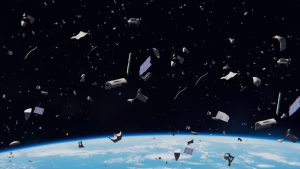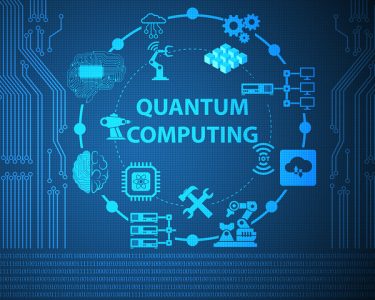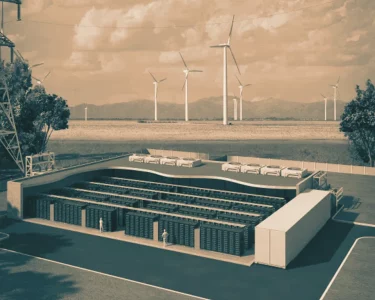A Cleaner Orbit: NASA and FAA Join Forces to Tackle Space Junk
By NASA, in collaboration with the FAA
Greetings, space enthusiasts and champions of a cleaner cosmos! We are NASA, at the forefront of space exploration and environmental sustainability. Today, we bring you an exciting collaboration between NASA and the FAA aimed at addressing a growing concern—space junk. Join us as we unveil our joint proposal to mitigate space debris and ensure a sustainable and safer space environment for future generations.
Meet the Guardians of the Cosmos
NASA and FAA: A Unified Front
Before we embark on this cosmic endeavor, let us introduce ourselves. NASA, the National Aeronautics and Space Administration, is known for pushing the boundaries of space exploration and research. The Federal Aviation Administration (FAA), on the other hand, is responsible for the regulation and oversight of civil aviation within the United States. Together, we’re aligning our expertise to combat the issue of space debris.

Understanding the Space Junk Crisis
The Growing Threat to Space Exploration
Space junk, or orbital debris, comprises defunct satellites, spent rocket stages, fragments from disintegration, and other discarded debris from previous space missions. This growing clutter poses a significant threat to future space exploration and satellite operations.
The FAA and NASA Collaboration
Working Hand-in-Glove for a Cleaner Orbit
Collaboration between NASA and the FAA is essential to tackle the space junk problem effectively. By combining NASA’s knowledge of space and orbital dynamics with the FAA’s expertise in aviation and regulation, we aim to craft a comprehensive approach.
Proposal Highlights
Addressing Space Debris Head-On
Let’s delve into the key aspects of our proposal to clean up space and ensure a sustainable orbital environment:
- Active Debris Removal (ADR): Develop and deploy technologies to actively remove large debris from orbit, utilizing robotic systems or other innovative approaches.
- Debris Monitoring and Tracking: Enhance tracking capabilities to monitor space debris and predict potential collisions, enabling timely maneuvers to avoid them.
- International Collaboration: Foster global partnerships to coordinate efforts and share knowledge in tackling the space debris challenge on a broader scale.
- Spacecraft Design Guidelines: Collaborate on setting design guidelines for spacecraft to ensure future missions are more debris-resistant, minimizing their contribution to the problem.
Toward a Cleaner Cosmos
Striving for Sustainable Space Exploration
In conclusion, addressing the space junk crisis is vital for the sustainability of space exploration. The collaboration between NASA and the FAA, backed by our proposal, represents a significant step toward a cleaner and safer orbital environment, preserving the wonders of space for generations to come.




